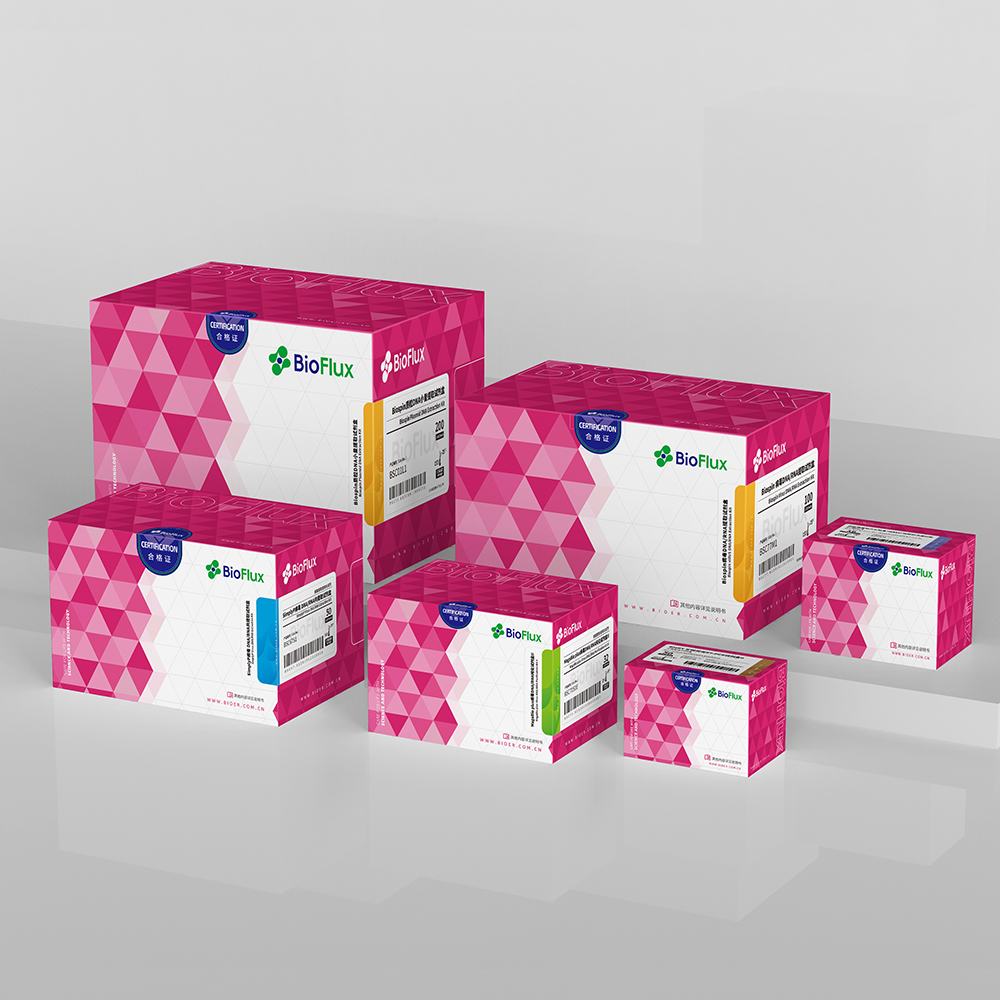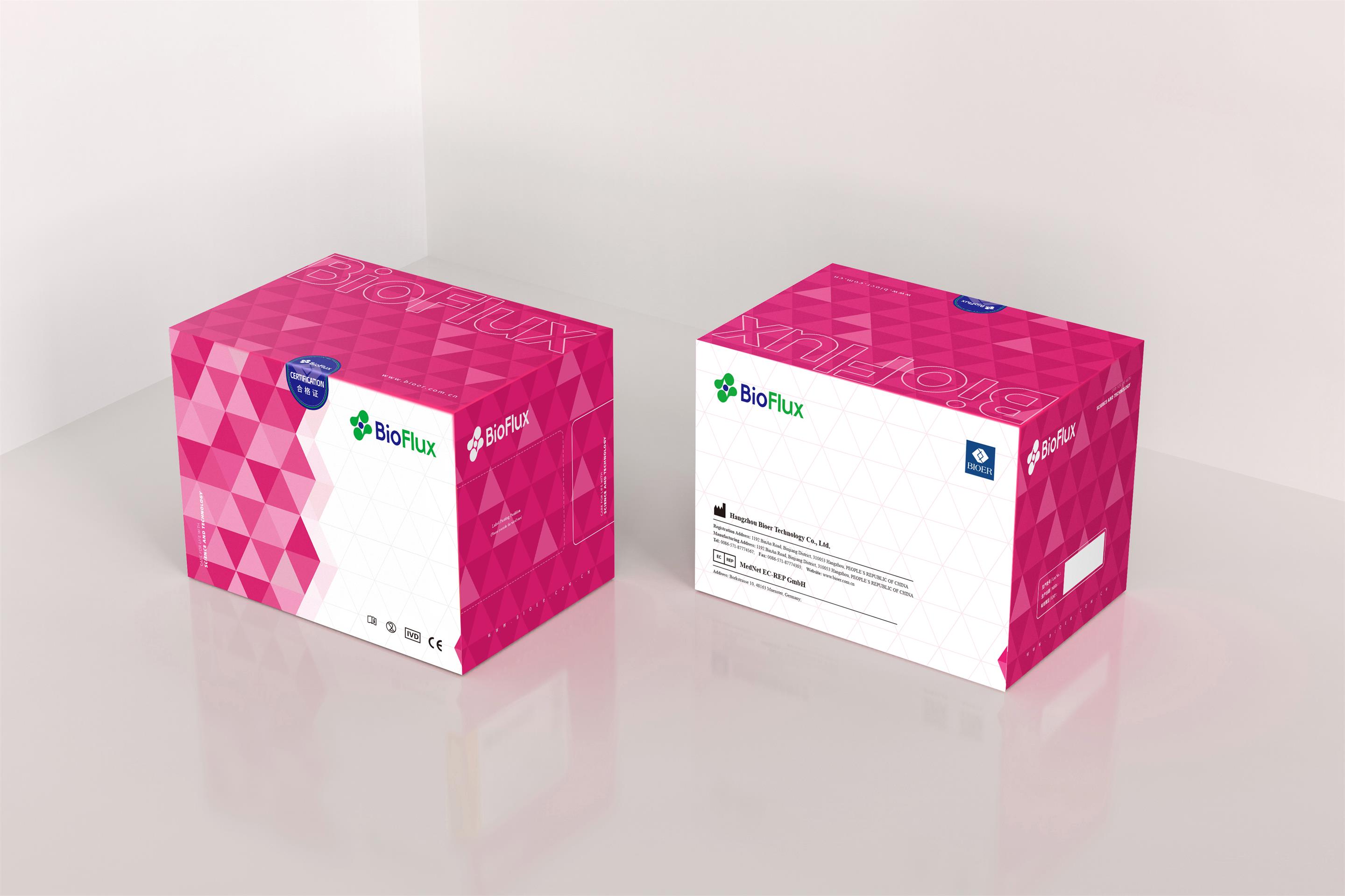Respiratory infection is one of the most common diseases, with adolescents and adults being infected about 2-4 times a year, and children being infected about 6-8 times a year. It is usually accompanied by acute inflammation of the nasal cavity, pharynx, or throat, with most infections being viral, except for a few bacterial infections. SARS-CoV-2 Virus, Respiratory Syncytial Virus, Influenza A Virus and Influenza B Virus have strong transmission power. Epidemiological and clinical symptoms are very similar. Double transmission increases the difficulty of epidemic prevention and control. Therefore, it is an important guarantee for people's health to carry out the detection of COVID-19, influenza virus and other pathogens, do a good job in differential diagnosis, and take targeted prevention and control measures in time. This kit uses fluorescence PCR method to detect the virus. It has the characteristics of fast detection speed, good specificity, and high sensitivity.
This kit uses highly conserved regions of SARS-CoV-2 Virus, Respiratory Syncytial Virus, Influenza A Virus and Influenza B Virus, and designs specific primer probes. The primers and probes can specifically bind to the target sequence. Under the action of reverse transcriptase and hot start Taq DNA polymerase, this segment is specifically amplified, and the fluorescent probe is hydrolyzed during amplification to generate fluorescence. The detection system contains dUTP-UDG enzyme to fully degrade potential product contamination and avoid false positive results; In addition, internal standards are set up to monitor the entire process of sample collection, transportation, nucleic acid extraction, and PCR amplification for highly conserved regions on the human genome, avoiding false negative results and ensuring the effectiveness of the entire process.



